ScanLAB's long-running collaboration with Sir John Soane's Museum provides the groundwork for their latest video Replica / Real / Replica as it bridges the museum’s facsimiles, their original locations captured by LiDAR scanning, and supplemented by seminal digital datasets from collaborators at the Factum Foundation and The Polytechnic University of Turin.
Location 1: Sir John Soane's Museum, London
We begin with a tour of a virtual 3D model of the London house-cum-museum built by 19th-century architect Sir John Soane. The journey traverses the five floors of the museum's meticulously restored rooms, each filled with original and duplicate fragments of antiquity.
Sir John Soane (1753-1837) was one of the foremost British architects of the Regency era, a Professor of Architecture at the Royal Academy, and a dedicated collector of paintings, sculpture, architectural fragments and models, books, drawings and furniture. Soane was awarded the Royal Academy’s prestigious Gold Medal for Architecture, as a result receiving a bursary (funded by King George III) to undertake a Grand Tour of Europe. His travels to the ruins of Ancient Rome, Paestum and Pompeii would inspire his lifelong interest in Classical art and architecture. As an enthusiastic collector, later in life he began to repurpose his home at Lincoln’s Inn Fields as a Museum for students of architecture. With a collection containing thousands of objects ranging from Ancient Egyptian antiquities and Roman sculpture to models of contemporary buildings, Soane’s house had become a Museum by the time of his death.
Source: Sir John Soane’s Museum, London, website
Stills from 3D model, courtesy ScanLAB Projects, Sir John Soane’s Museum, London, Factum Foundation, and The Polytechnic University of Turin, Italy
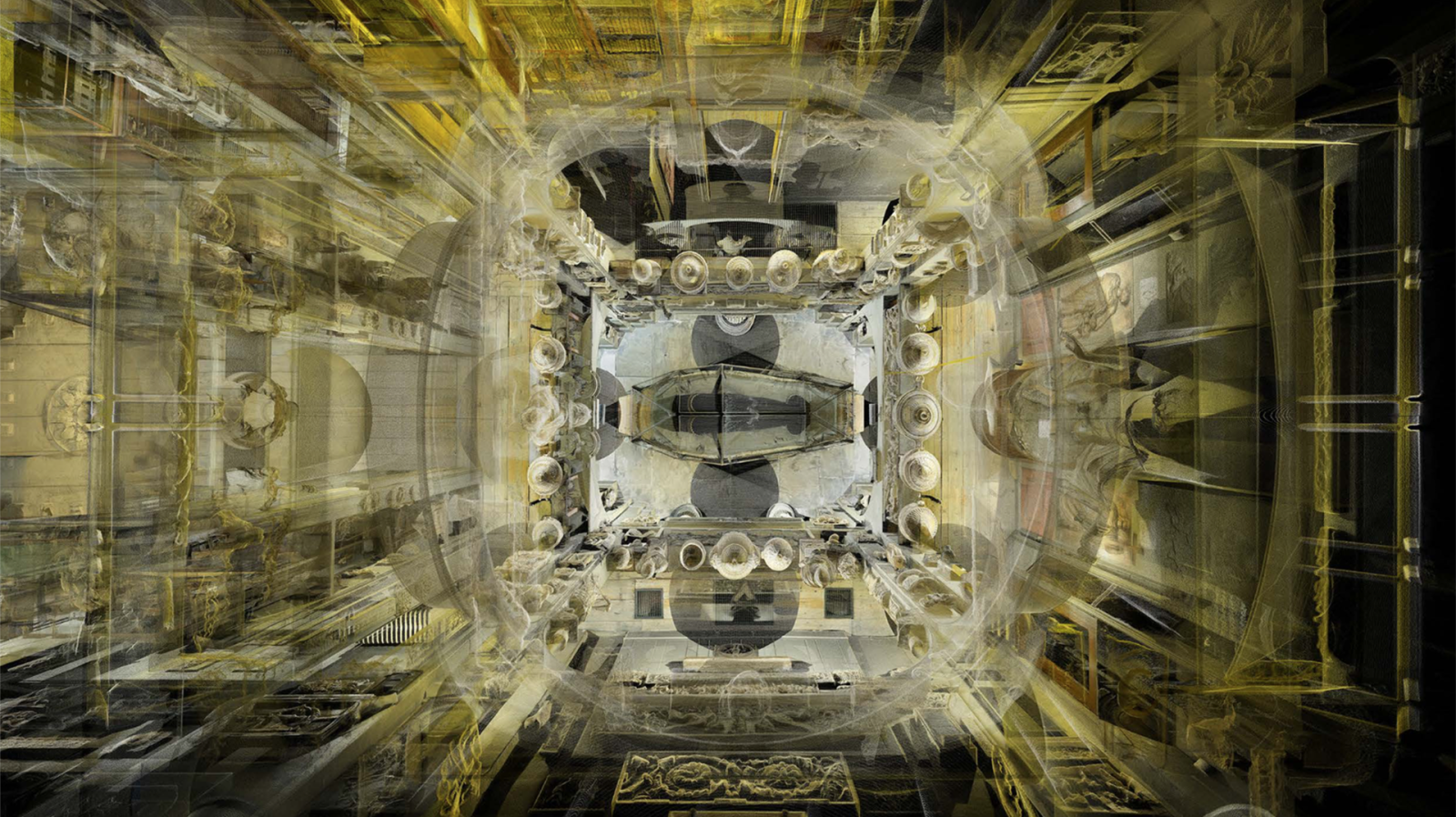
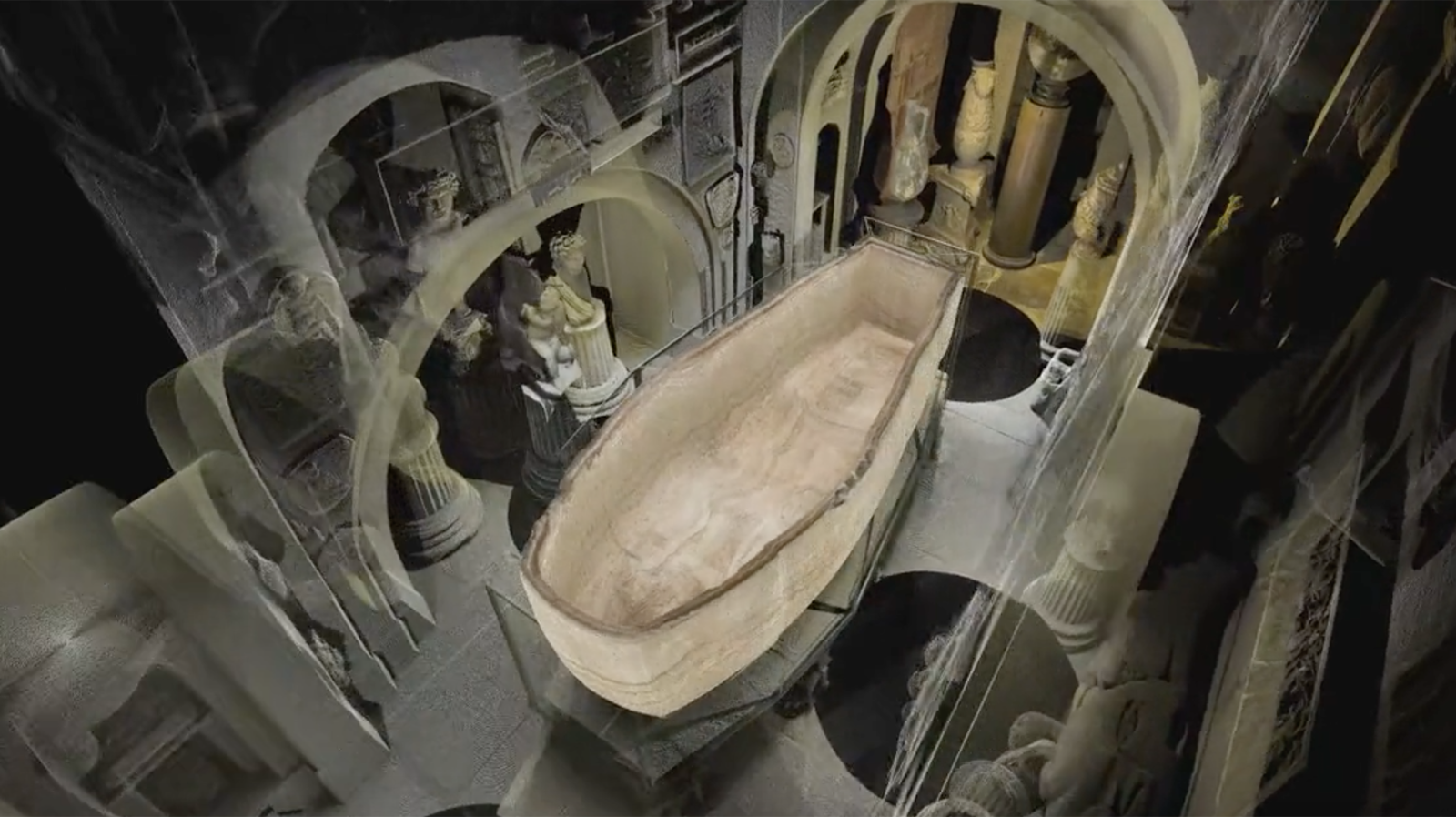
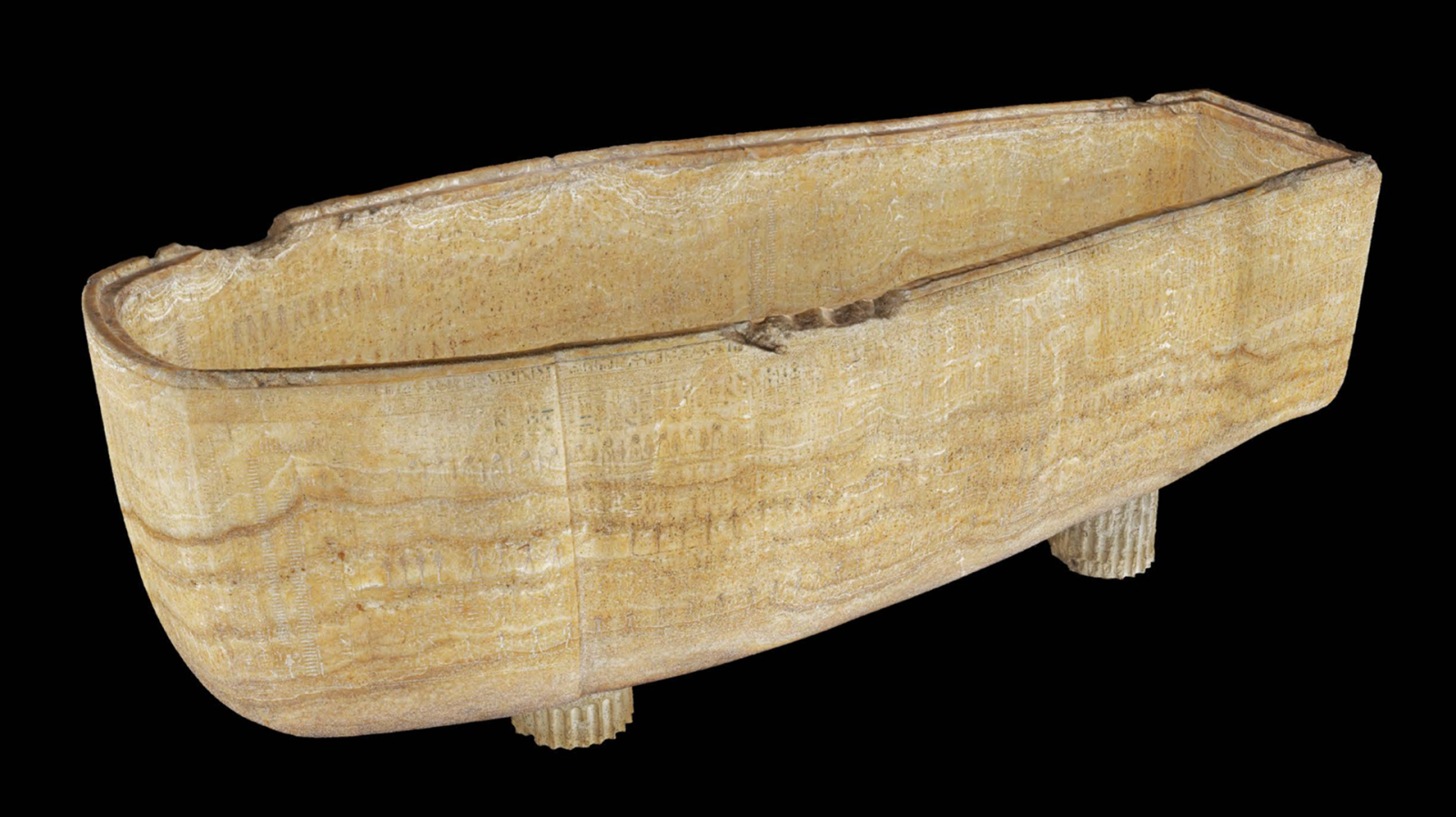
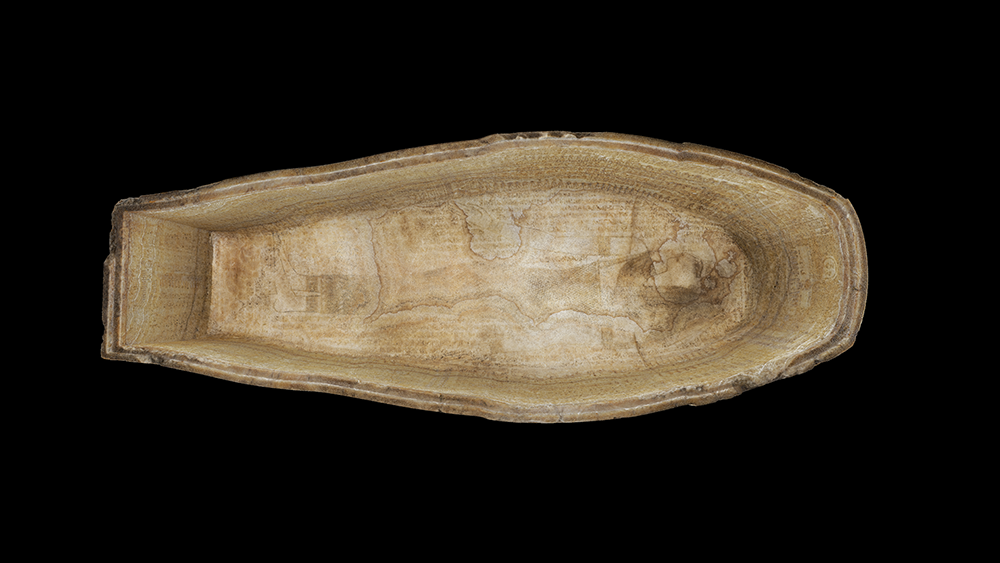
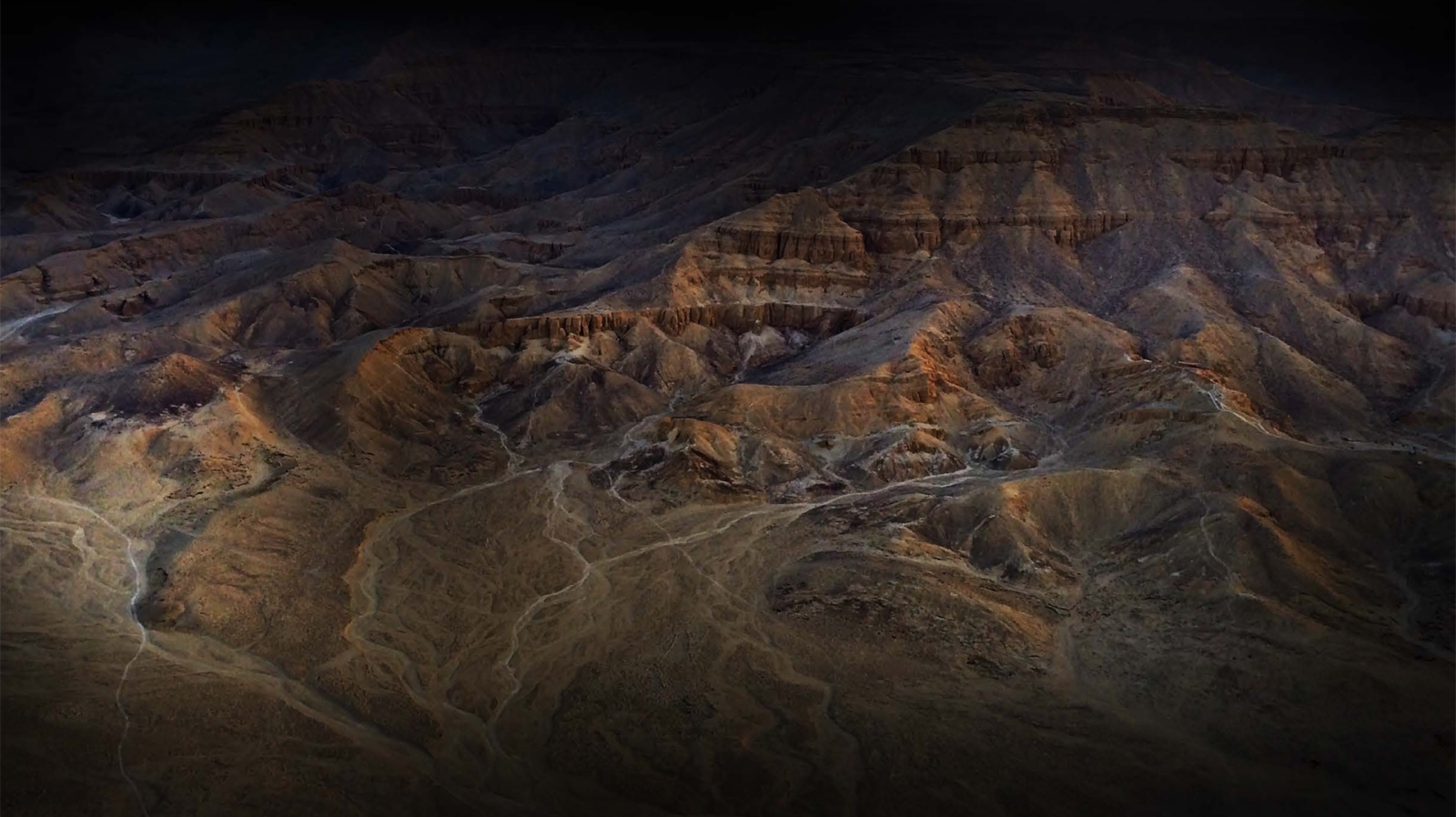
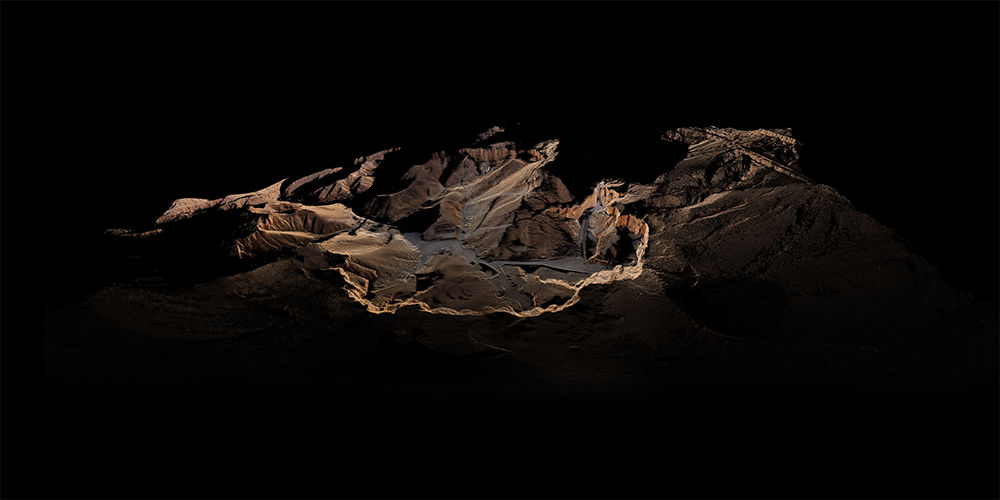
Location 2: Tombs of King Seti I, Valley of the Kings, East Valley, West Bank, Luxor, Egypt.
After having toured Sir John Soane's Museum, we reach the Sepulchral Chamber, where we encounter the original 3,500 year old sarcophagus of Egyptian Pharaoh Seti I (died 1279 BCE), the father of Ramesses. We then venture further afield via a LiDAR doppelgänger of Egypt’s Valley of the Kings, scanned by The Polytechnic University of Turin, before we are finally taken to the Tombs of King Seti I in the Valley of the Kings and their replicas created by Factum Foundation.
Upon his death, Seti I was interred in a lavish tomb in the Valley of the Kings, comprising ten vividly painted chambers decorated with thousands of hieroglyphs, and Seti’s elaborately carved white alabaster sarcophagus. Within this sarcophagus is his coffin and mummy were once housed. It is carved from alabaster, a pearly translucent stone that was highly valued by the Egyptians. All over its surface, inside and out, are hieroglyphs carved in an Egyptian text known today as the ‘Book of the Gates’, a series of spells and rituals that the dead pharaoh would need to safely pass through the underworld and reach the afterlife. Inside, across the bottom of the sarcophagus, is the elegantly-drawn figure of Nut, goddess of the sky, whose role was to guide and protect the dead.
The alabaster sarcophagus of Seti I was rediscovered in the ancient Egyptian tomb of the Pharaoh in the Valley of the Kings by Giovanni Battista Belzoni in October 1817. It was exported from Egypt under a firman granted by the Egyptian authorities; brought to London and displayed at the British Museum in 1821, and eventually sold to John Soane in 1824, who gave it pride of place in the Sepulchral Chamber at the heart of the Museum.
Source: Sir John Soane’s Museum, London website
Stills of scenes from Pompeii in Replica / Real /Replica, 2021, courtesy ScanLAB Projects, and Sir John Soane’s Museum, London

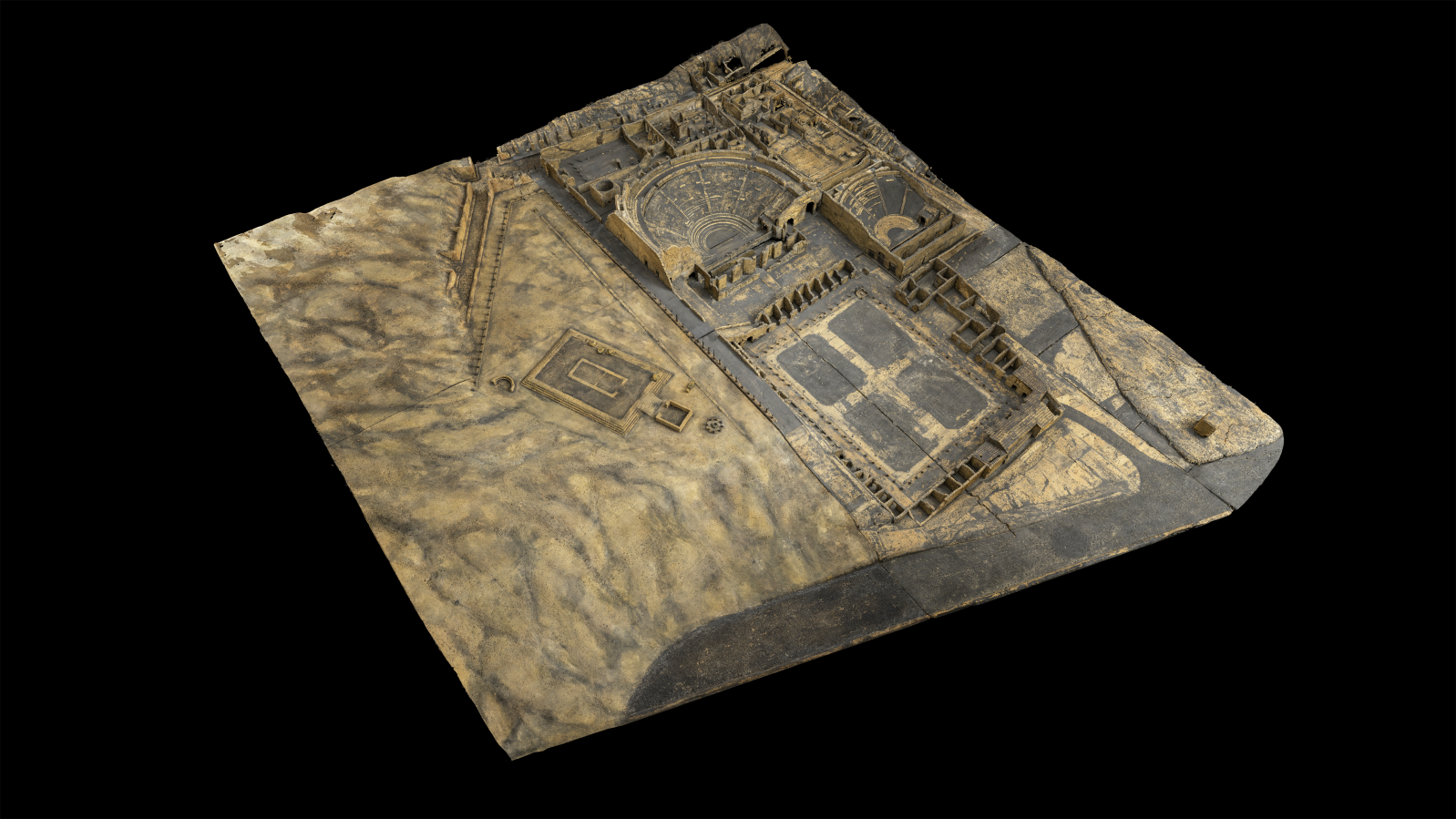



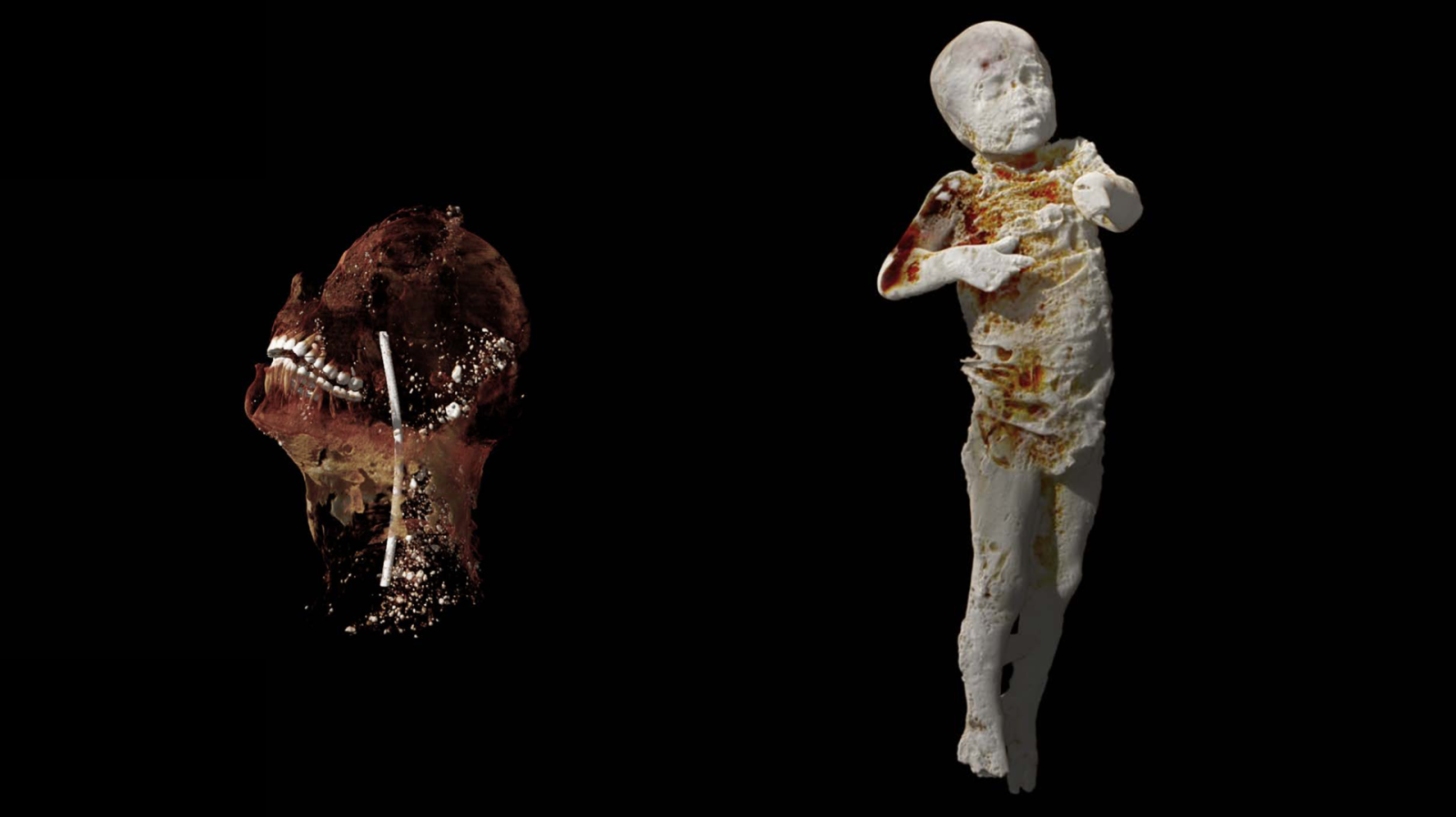
Location 3 : Pompeii Archaeological Park, Pompeii, Italy.
Next, we enter the museum’s Model Room, to be met with the Soane's Museum’s cork replica of Pompeii’s ruins in Italy, with its infamous human casts set inside, and then to the LiDAR scans of the contemporary site.
The Model Room contains a display of cork and plaster architectural models depicting some of the most famous monuments of the ancient world, as well as Soane’s own building projects. Early in his career, Soane amassed a collection of architectural models of sites he visited, for training pupils as in his office, and his Royal Academy architecture students.
The Cork Model of Pompeii is a sprawling topographic model, covering just under 2.5 square metres. Famously buried beneath volcanic ash by the eruption of Mount Vesuvius in AD 72, Pompeii was a source of fascination to British architects seeking to revive the architecture of the Classical world. Fabricated by the model-maker Domenico Padiglione, it depicts the southernmost segment of the Roman city as it was still being excavated in the 19th century; only a small part of the area excavated today. Visible are the Grand Theatre, and the Quadriporticus, a large monumental structure thought to have been an exercise field. Finally, we confront the unexpected interiors of the Pompeii casts, which are in fact believed to be copies, since the originals were supposed to have been destroyed in raids undertaken by Allied powers during WWII.
Source: Sir John Soane’s Museum, London, website